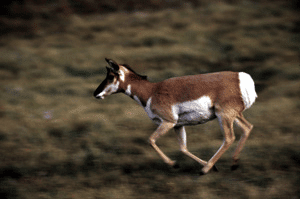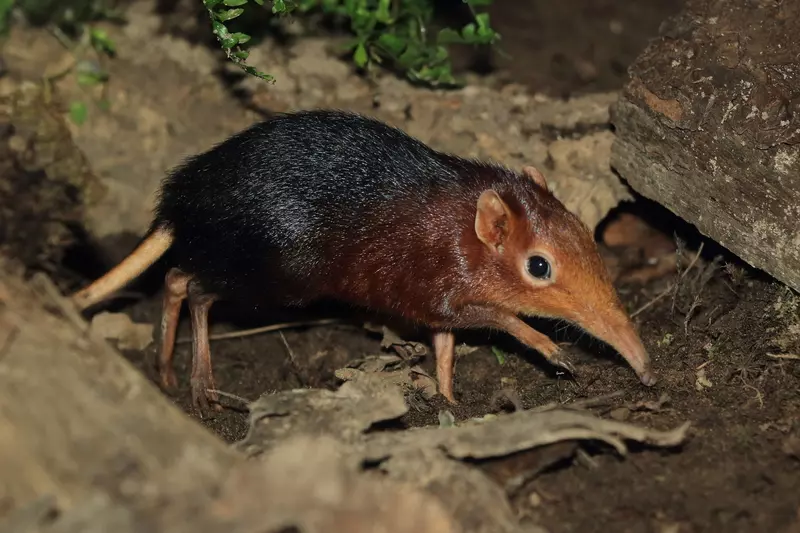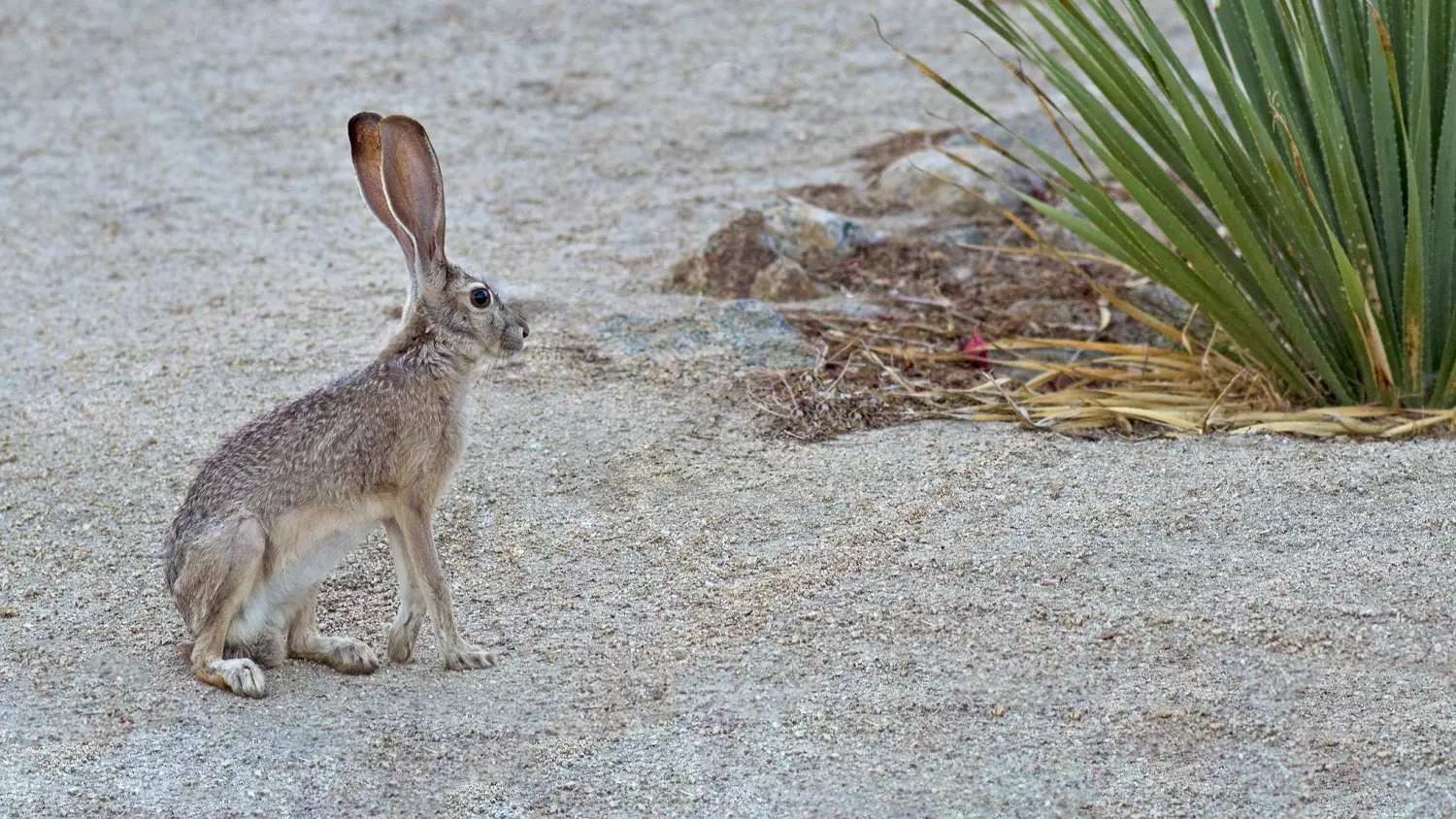I love watching the summer Olympics, especially the running events. And I’m hardly alone, the fastest runner always makes the headline news. Whether you’re a sprinter or a long distance runner, your event takes hard work and training and only the best finish first.
But what animals are the best runners?
The animal that first comes to mind is the cheetah. It can go from 0 to 40 miles per hour in three strides, and has been clocked at a top speed 60 miles per hour, which makes it the world’s fastest runner of the animal kingdom. But since you already know that, we are going to look at three other animals that are great runners.
The Pronghorn
The pronghorn is the second fastest animal in the world and lives on the North American prairies. The pronghorn is my favorite runner of the animal kingdom. Why? While the cheetah is faster, and could beat the pronghorn in a 50, or perhaps 75, yard dash this cat tires out quickly. In a longer race, no animal could beat the pronghorn.
Before we learn of the running abilities of this amazing animal, let’s learn some basic information.
The pronghorn is not an antelope or deer, but the only member of the family Antilocapridae. The best animal to compare the pronghorn would be one of the African antelopes. Adult pronghorns are 4-5 feet long from nose to tail, stand 32 – 42 inches high at the shoulder, and weigh 90–142 lbs. Each foot has two hooves with no dewclaws.
The horns are probably the most interesting feature of this animal. Each one is made of a slender, laterally flattened blade of bone that grows from the front bones of the skull, forming a permanent core. The horns are grown from these cores and are then shed annually. The horns of the pronghorn are branched, each sheath having a forward–pointing tine, giving the animal its name.
The range of this magnificent animal can be found from southern Saskatchewan and Alberta south through the prairie states of the USA into northern Mexico. They eat a wide variety of plants that cattle and sheep find unpalatable. They eat a great variety of grasses and shrubs and in the southern part of their range, cactus.
Now to answer why is the pronghorn my favorite runner.
While the cheetah’s top speed reaches 60 mph, they can only maintain this speed for less than a half mile. Although the pronghorn’s top speed is slightly less than 55 mph, this amazing runner can run 4 miles at 35 mph and 1 mile at 42 mph. This animal is built for running; having a lighter bone structure than most animals his size. A large windpipe and lungs allows it to take in more air and a large heart pumps oxygen rich blood throughout its body. The split hooves are cushioned to help absorb the shock of running at top speed. You would be hard pressed to find a better runner than the pronghorn.
Elephant Shrew
What in the world is this creature? The elephant shrew neither a type of elephant nor a shrew. It is a small insectivorous animal about 5–11 inches long and weighing between 5–17 ounces. Its long snout is able to move as it searches for insects, hence the name elephant shrew.
This animal inhabits savannas, semi deserts and rain forest of Africa. Elephant shrews eats insects, spiders, centipedes, millipedes and earthworms. Smaller insects are quickly eaten by a flick of the tongue, much like an anteater. Larger prey is consumed by holding the prey down with its feet and taking bites out of it.
But what does this have to do with being a top runners in the animal kingdom? The elephant shrew has very long legs for its size and uses well-cleared paths in which to travel. And when it does travel, it runs. And when it runs, it runs very fast.
This small mammal can run at speeds of just under 18 mph. Any African wildcat, hawk or snake can’t get a lock on this speedy animal, because all they can do is watch it whiz by. If the elephant shrew were the same size as a cheetah, it would be very close to matching the speed of this cat.
The small size of this mammal prevents it from getting eaten because when it’s in sight, it’s at a full speed run and a predator can’t catch it. And when it’s not running full speed, it hides in one of several burrows.
Of all the small animals in the world, nothing is as fast as the elephant shrew.
Antelope Jackrabbit
Our third and final of the great runners in the animal kingdom is the antelope jackrabbit. This jackrabbit is found in southern Arizona and northwestern Mexico.
It is most active during the early morning and late evening. During the hottest part of the day, it finds a bush for safety and to escape the blazing sun. The antelope jackrabbit is the largest species of hares in the Americas. This hare is 20–23 inches long, with hind legs 8–12 inches long. Its ears are 6 inches long and its total weight is 8–10 lbs. It enjoys munching on grasses, leafy vegetation, and cactus. Its favorite habitat is grassy plains with large shrubs, but it can also be found in semi-desert land areas.
Why is the antelope jackrabbit one of my favorite runners in the animal kingdom? Because God created these animals with very powerful hind legs that can propel them at 45 mph with amazing 20 foot strides. It can outpace any bobcat or coyote trying to turn it into dinner. Like the elephant shrew, the antelope jackrabbit is the best runner for its size.
Why did God create great runners?
To show His glory and to protect certain animals from predators.
The next time you watch a runners at a track and field event, remember that our Creator God created even better runners who can outmatch any human runners.
But ask the animals, and they will teach you, or the birds of the air, and they will tell you. Which of all these does not know that the hand of the Lord has done this? In his hand is the life of every creature and the breath of all mankind. Job 12:7, 9-10






